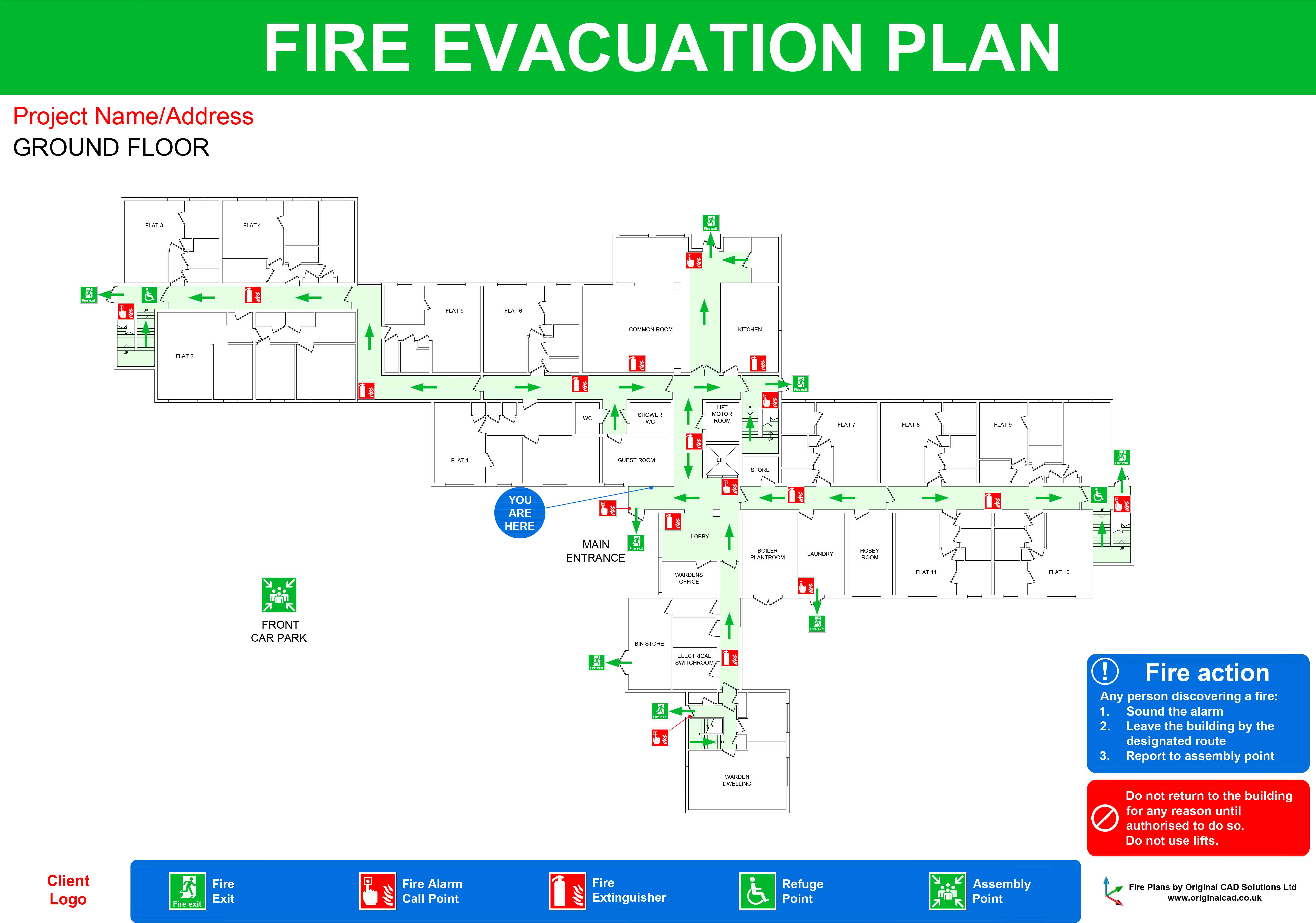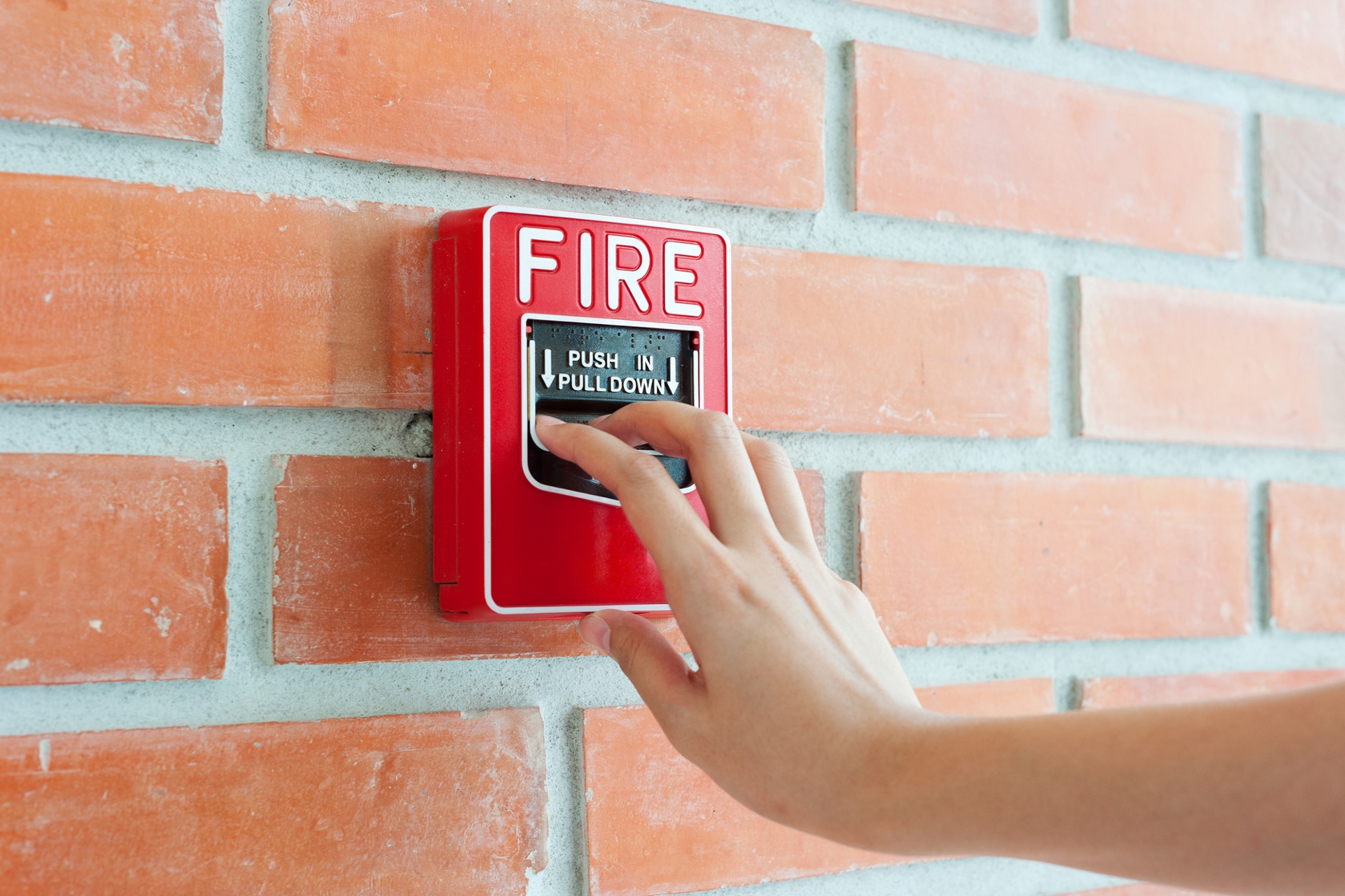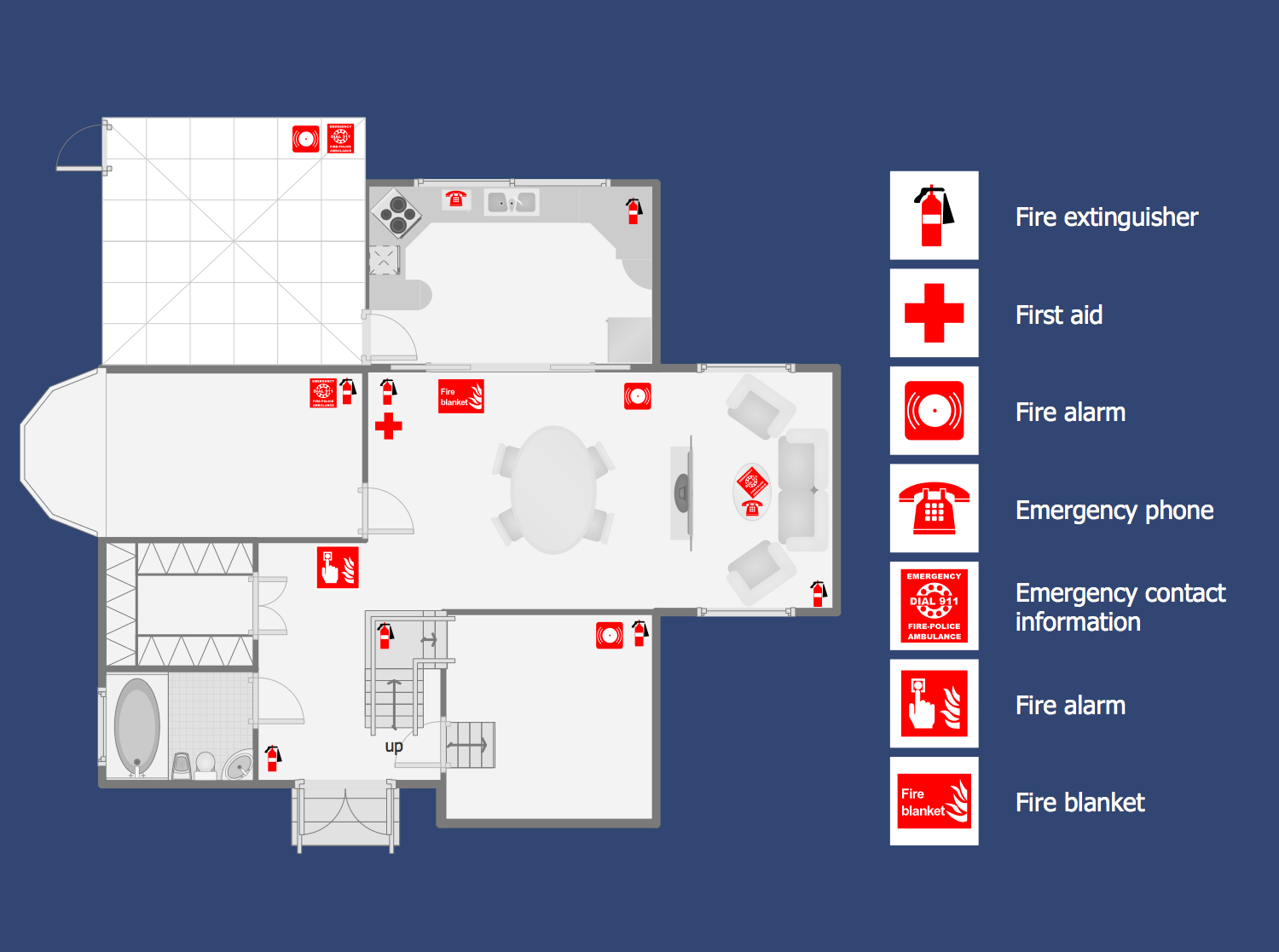The unfortunate truth is that if a fire breaks out while you’re in a building, seconds count. Having a clear idea of where the nearest exit is, as well as all the fire escape routes, is essential to ensure your safety. Knowing the fire escape requirements means you’ll know what to do and where to go in an emergency, rather than being hindered by panic and confusion.
Fire escape requirements vary among buildings and countries, and changes in regulation mean that they can be amended or implemented on a regular basis. It’s important to be familiar with the fire escape requirements that pertain to your area and building.
Fire escape requirements aim to ensure that every building has adequate provisions for occupants to escape safely in a fire. This includes having enough fire exits, fire escapes, and fire doors; ensuring that they’re properly maintained and accessible; and providing fire escape plans and training for occupants.
In short, the primary goal of fire escape requirements is to facilitate safe evacuation during a fire by providing clear and accessible escape routes.

Fire Escape Plan Second Floor – floorplans.click – Source floorplans.click
Fire Escape Requirements: Navigating the Code for Building Safety
I remember my first time evacuating a high-rise building during a fire drill. I was a child and I didn’t know what was going on. The fire alarm was ringing and all I could hear was screaming. People were running and pushing and it was chaotic. I didn’t know where to go or what to do and I was terrified.
These days, things are very different. I know what to do in a fire. I know where the fire exits are and I know how to use them. I know where the nearest fire escape is and how to get to it. This is because I have taken the time to learn about fire escape requirements. Understanding fire escape requirements is essential for anyone who wants to protect themselves and others from fire.

Ontario Building Code Fire Rated Walls 91+ Pages Answer Doc [550kb – Source madison-chapter.blogspot.com
Fire Escape Requirements: What is it?
Fire escape requirements refer to the standards and regulations that govern the design, construction, and maintenance of fire escapes on buildings. These requirements are put in place to ensure that buildings are equipped with adequate means of escape in the event of a fire and to facilitate the safe evacuation of occupants.
Fire escape requirements typically specify the number, location, and design of fire escapes required for a given building. They also include provisions for proper signage, lighting, and maintenance of fire escapes.
Building Guidelines | Part B Fire Safety Volume 1 all other types of – Source www.housebuild.com
Fire Escape Requirements: History and Myth
The history of fire escape requirements can be traced back to the early 19th century, when concerns about fire safety began to grow following a number of deadly fires in major cities. Early fire escape requirements were often rudimentary, and it wasn’t until the 20th century that more comprehensive standards were developed.
There are many myths and misconceptions about fire escapes. One common myth is that fire escapes are only necessary for tall buildings. However, fire escapes are required on all buildings that are more than two stories high, regardless of the number of occupants.

How to Make a Fire Escape Plan: Infographic Security ONE – Source www.securityonealarm.com
Fire Escape Requirements: Hidden Secret
One of the hidden secrets of fire escape requirements is that they are not just about providing a way to escape from a burning building. Fire escapes can also be used as a way to get fresh air or to access different parts of a building. For example, fire escapes can be used by maintenance workers to access the roof or by firefighters to quickly reach different floors of a building.
Fire escapes can also be used as a way to escape from a building in the event of an earthquake or other emergency.

Fire Check Floor Heights | Viewfloor.co – Source viewfloor.co
Fire Escape Requirements: Tips
Here are some tips for staying safe in a fire:
- Know the fire escape plan for your building.
- Practice the fire escape plan with your family and friends.
- Keep the fire escape clear of obstacles.
- Never use the elevator in a fire.
- Stay low to the ground when exiting a burning building.
- Cover your mouth and nose with a wet cloth when exiting a burning building.
- Once you are outside, stay away from the building and wait for the fire department to arrive.

Fire Check Floor Heights | Viewfloor.co – Source viewfloor.co
Fire Escape Requirements: Why is it important?
Fire escape requirements are important because they help to ensure that buildings are safe for occupants in the event of a fire. By providing clear and accessible escape routes, fire escape requirements help to prevent injuries and deaths from fires.
Fire escape requirements are also important for firefighters. By providing safe and accessible escape routes, fire escape requirements help firefighters to quickly reach different parts of a building and to rescue occupants who may be trapped.

Fire Escape On A Building Free Stock Photo – Public Domain Pictures – Source www.publicdomainpictures.net
Fire Escape Requirements: Fun Facts
Here are some fun facts about fire escapes:
- The first fire escape was invented in 1839 by a New York City inventor named James Howe.
- Fire escapes are required on all buildings that are more than two stories high, regardless of the number of occupants.
- Fire escapes are typically made of metal or concrete.
- Fire escapes are often used as a way to get fresh air or to access different parts of a building.
- Fire escapes can also be used as a way to escape from a building in the event of an earthquake or other emergency.

Old Fire Escape – 02 Free Stock Photo – Public Domain Pictures – Source www.publicdomainpictures.net
Fire Escape Requirements: How to
If you need to use a fire escape, follow these steps:
- Stay calm and don’t panic.
- Follow the fire escape plan for your building.
- Exit the building quickly and orderly.
- Do not use the elevator.
- Stay low to the ground when exiting a burning building.
- Cover your mouth and nose with a wet cloth when exiting a burning building.
- Once you are outside, stay away from the building and wait for the fire department to arrive.

Building Fire Safety Plans – King’s University College – Source www.kings.uwo.ca
Fire Escape Requirements: What if
What if you are unable to use the fire escape? If you are unable to use the fire escape, follow these steps:
- Stay in your room and close the door.
- Call the fire department and tell them your location.
- Cover your mouth and nose with a wet cloth and stay low to the ground.
- If the smoke gets too thick, open a window and wave a white cloth to signal for help.

Evacuation Center Floor Plan – floorplans.click – Source floorplans.click
Fire Escape Requirements: Listicle
Here is a listicle of things you should do to stay safe in a fire:
- Know the fire escape plan for your building.
- Practice the fire escape plan with your family and friends.
- Keep the fire escape clear of obstacles.
- Never use the elevator in a fire.
- Stay low to the ground when exiting a burning building.
- Cover your mouth and nose with a wet cloth when exiting a burning building.
- Once you are outside, stay away from the building and wait for the fire department to arrive.
Fire Escape Requirements: More information
For more information on fire escape requirements, please visit the website of your local fire department.
Conclusion of Fire Escape Requirements: Navigating the Code for Building Safety
Fire escape requirements are essential for ensuring the safety of occupants in the event of a fire. By providing clear and accessible escape routes, fire escape requirements help to prevent injuries and deaths from fires. It is important to be familiar with the fire escape requirements that pertain to your area and building, and to know what to do in the event of a fire.